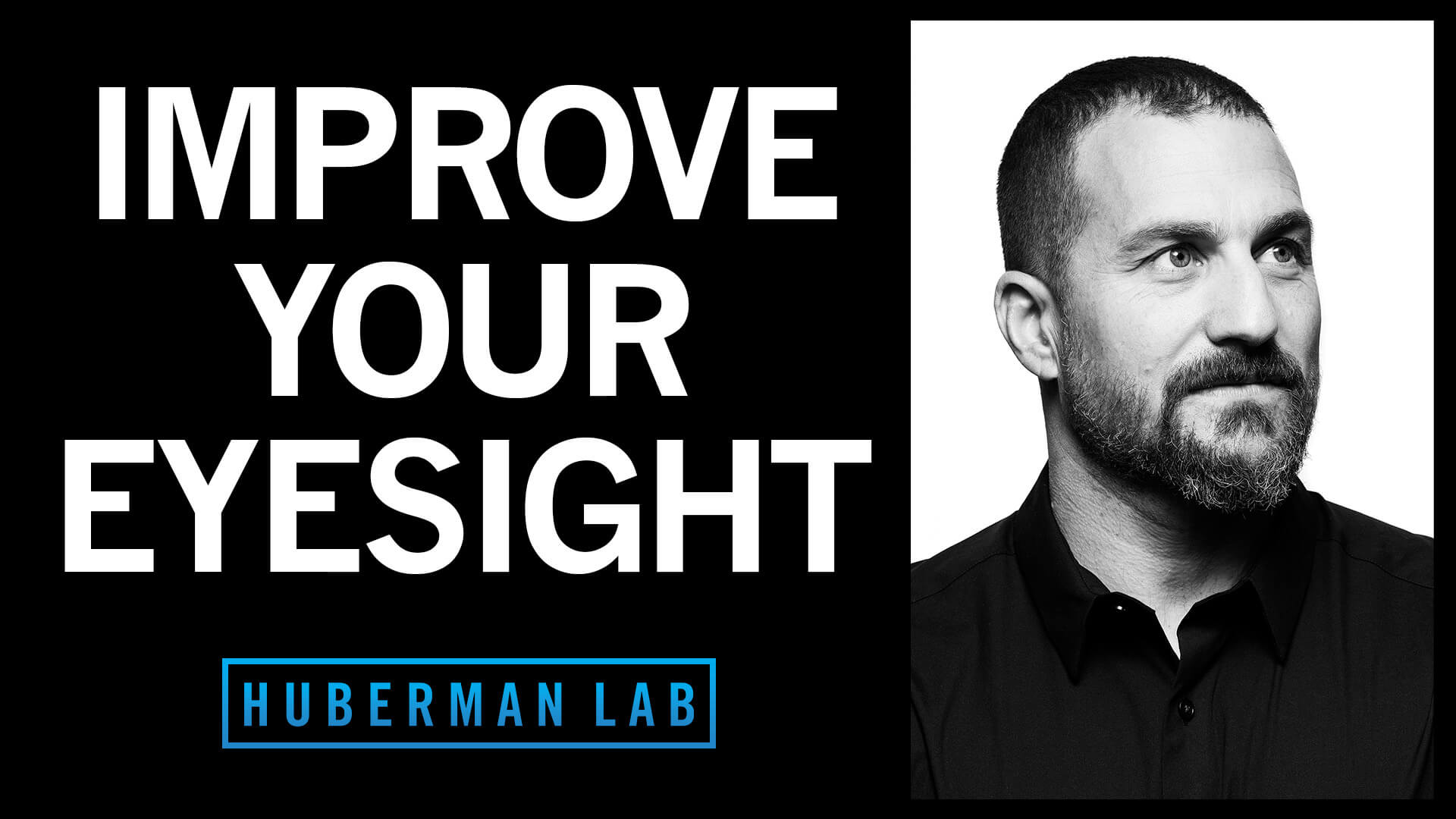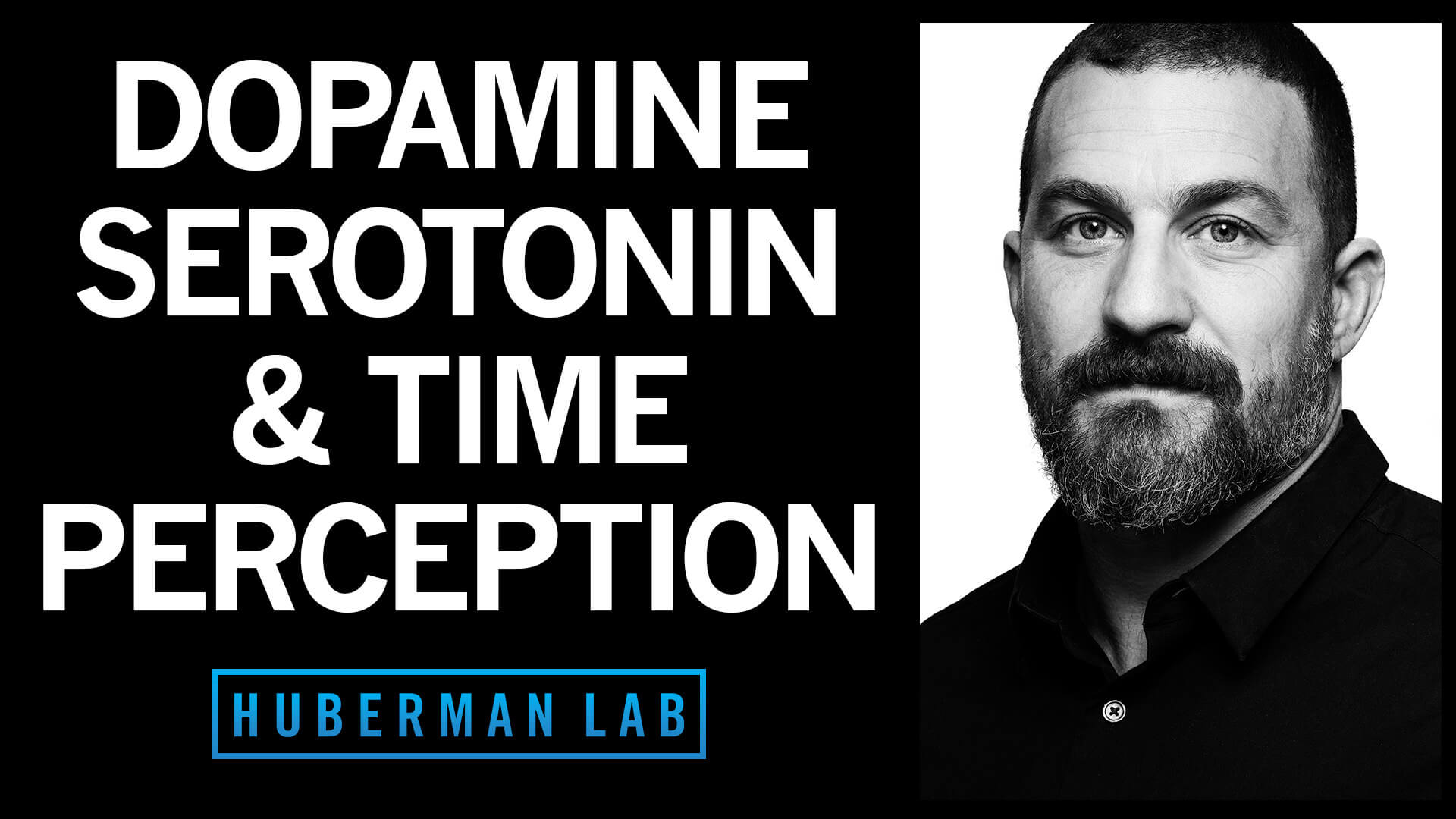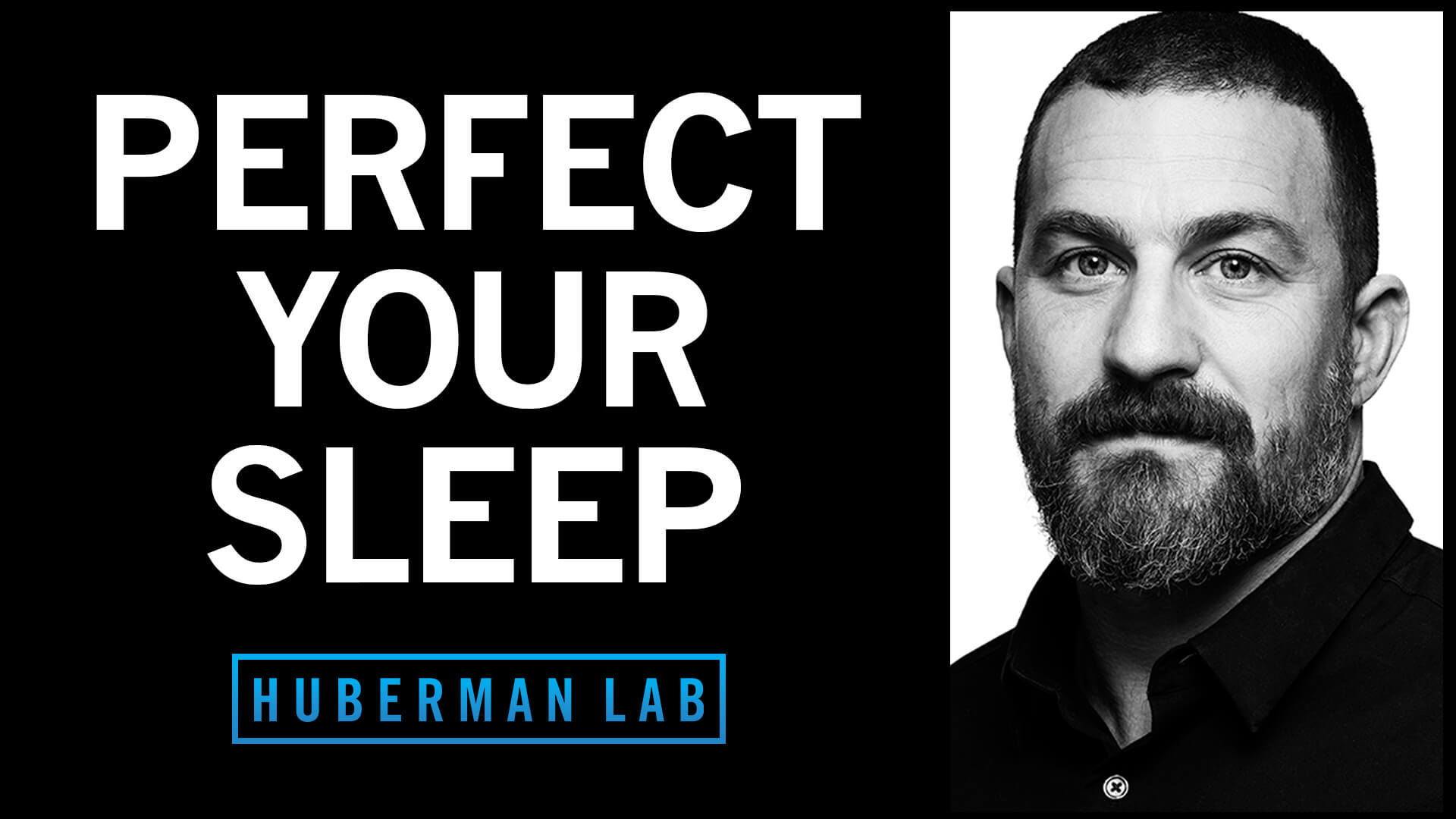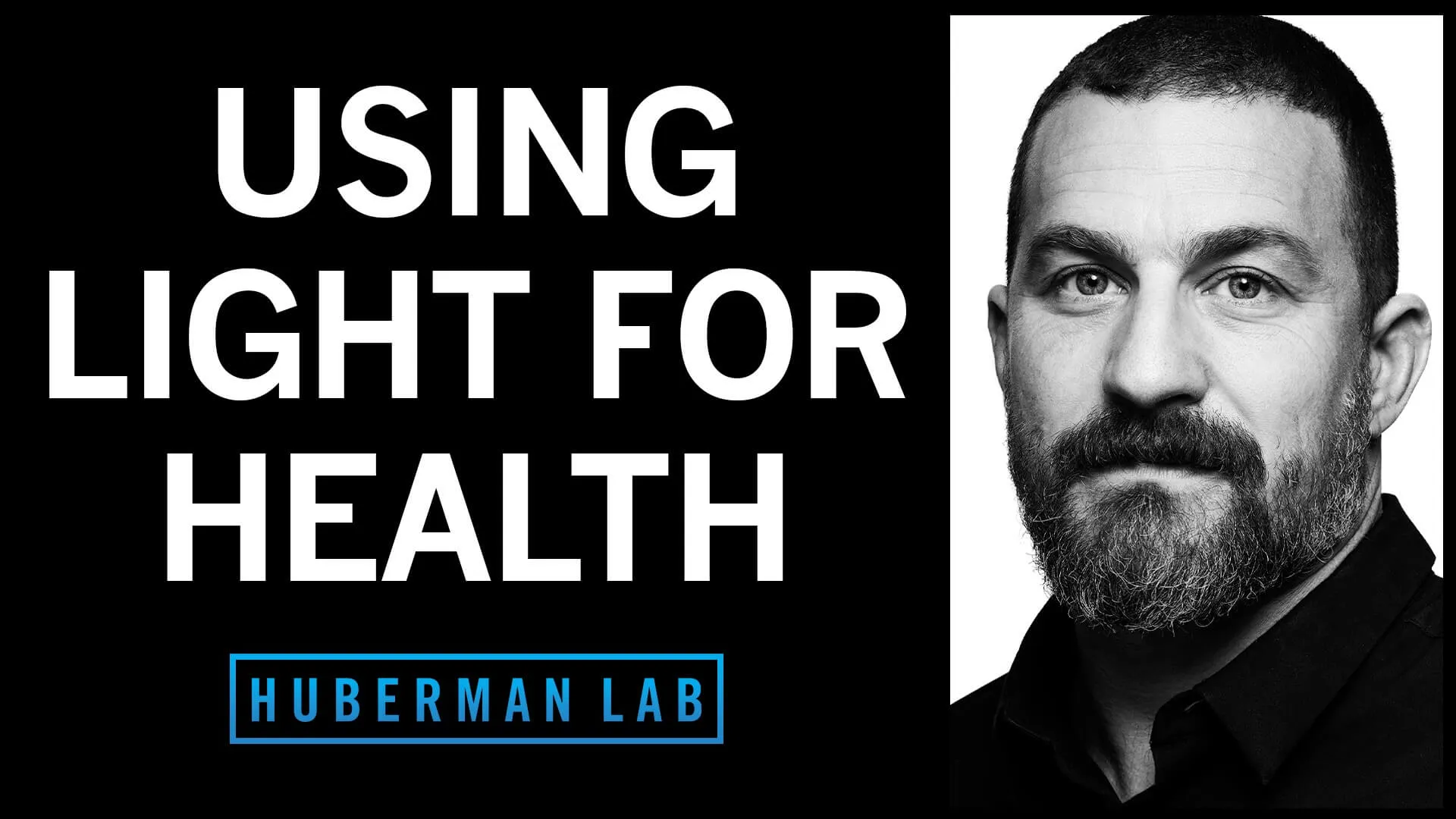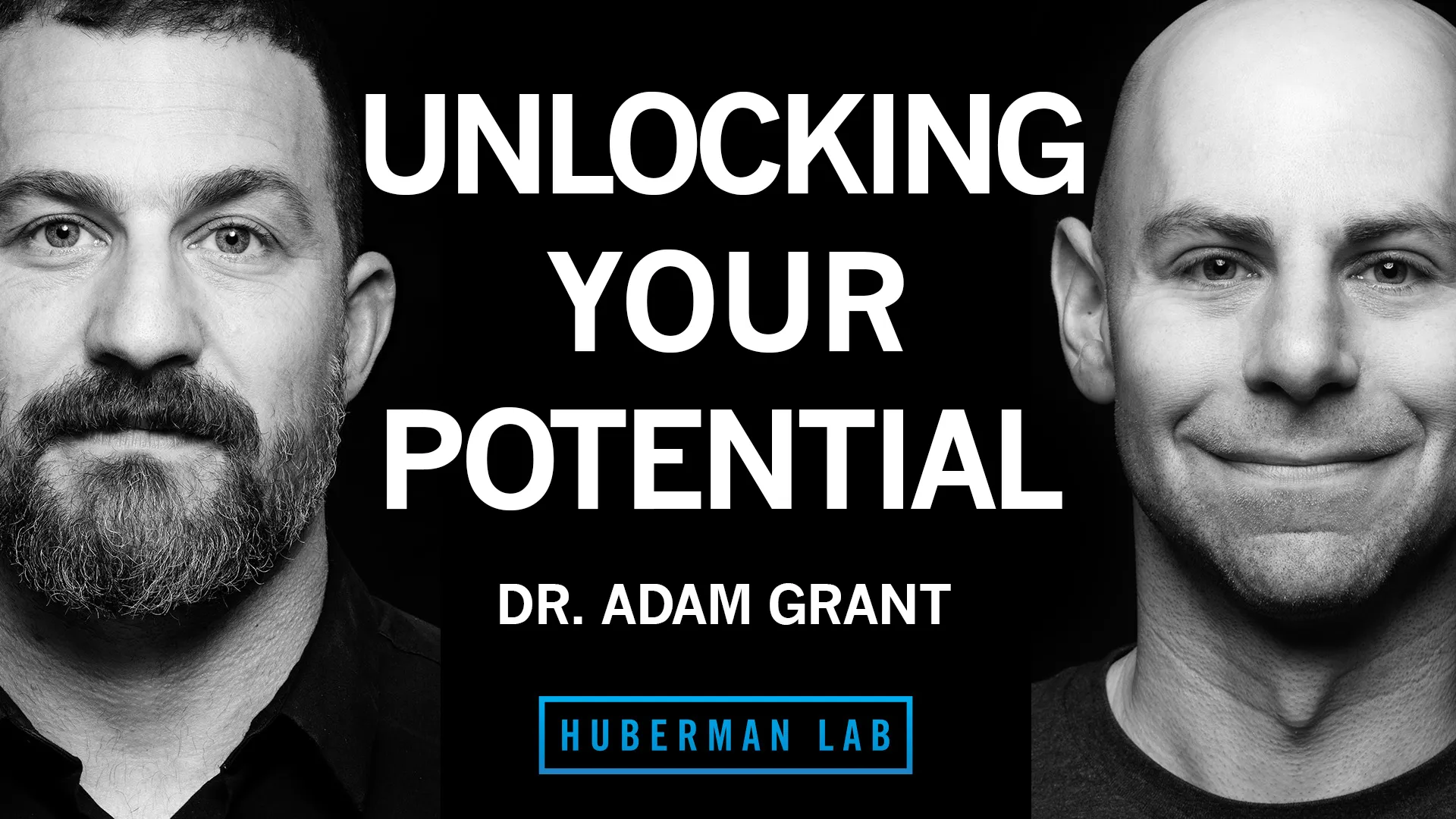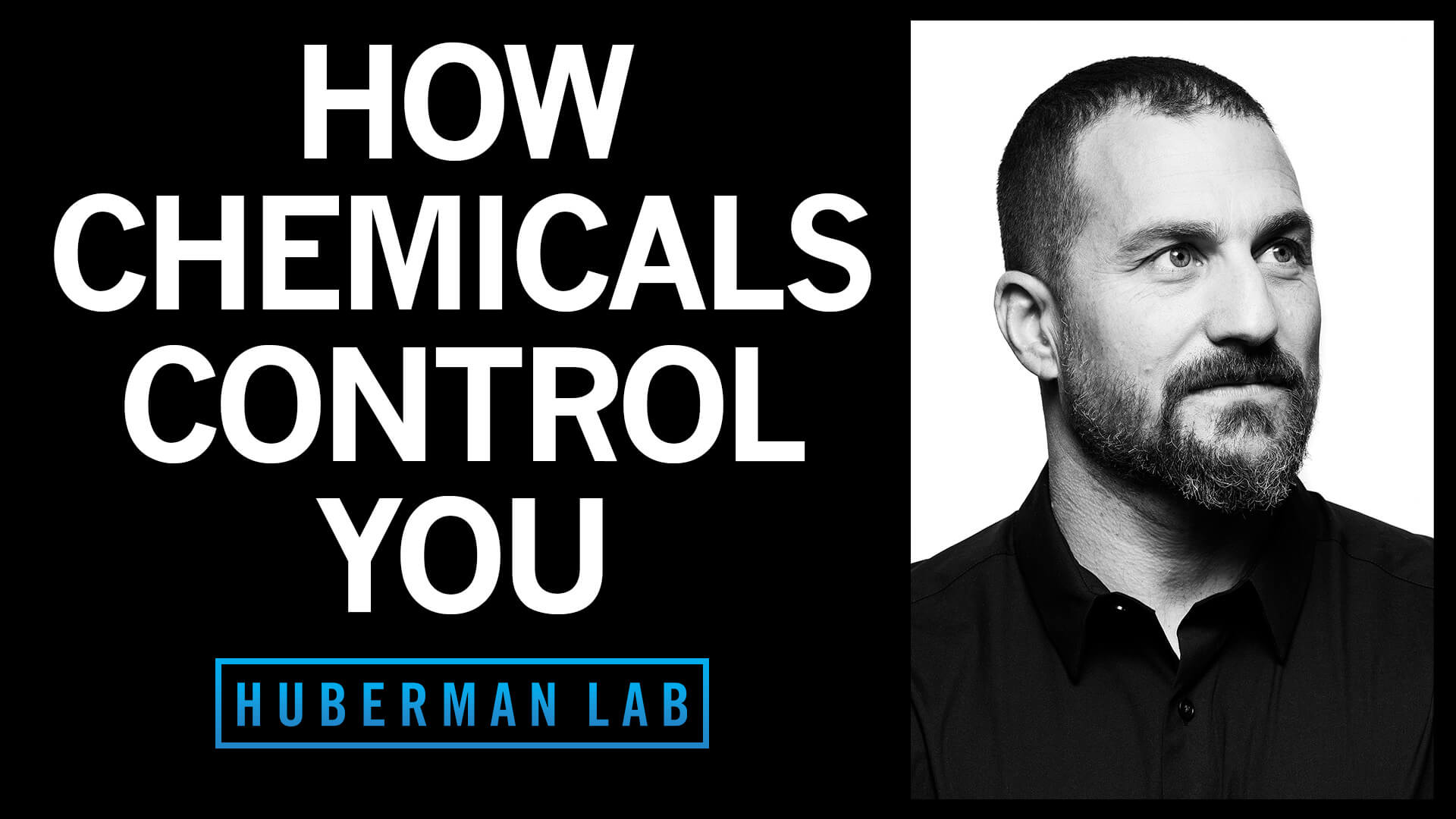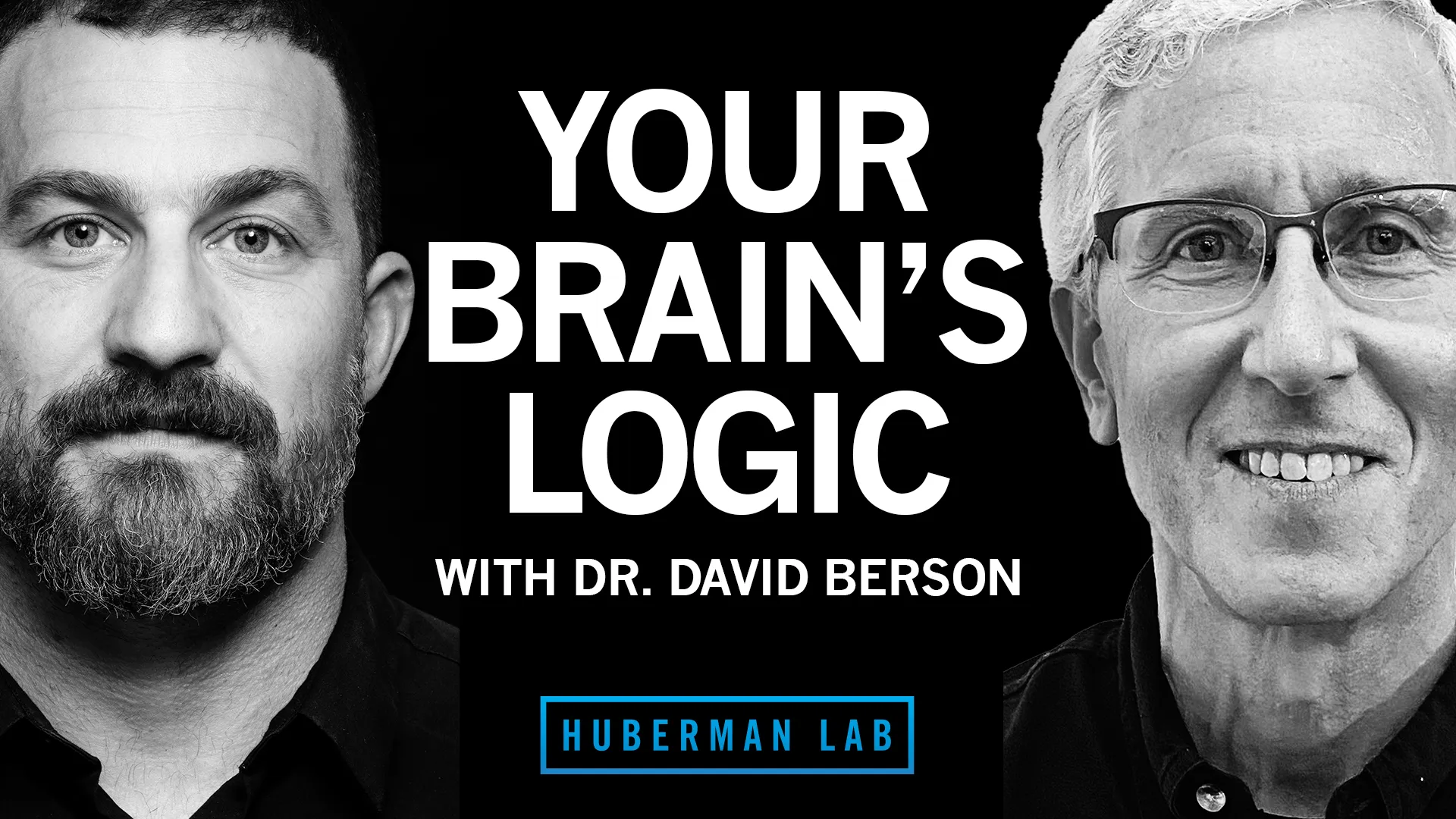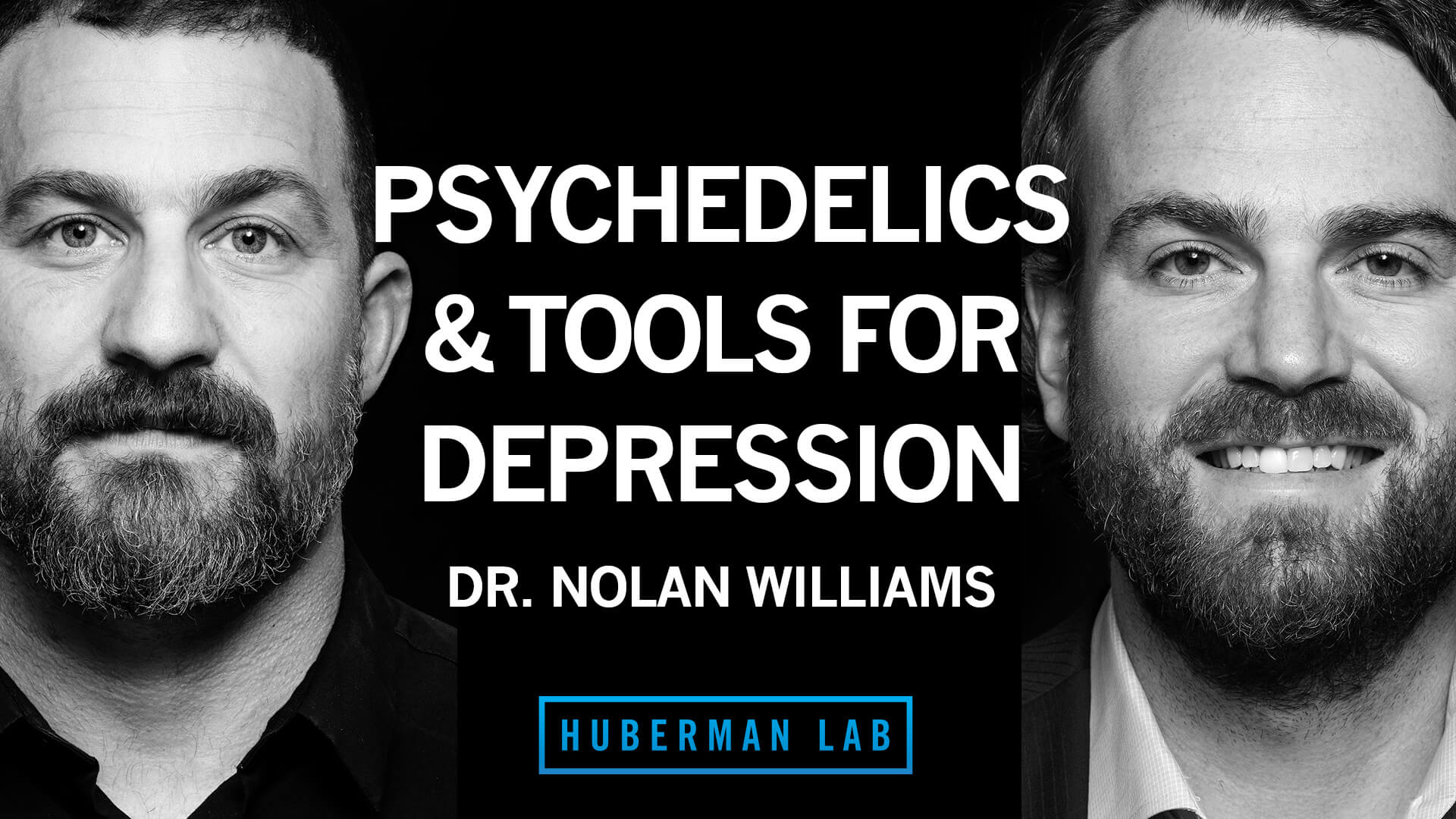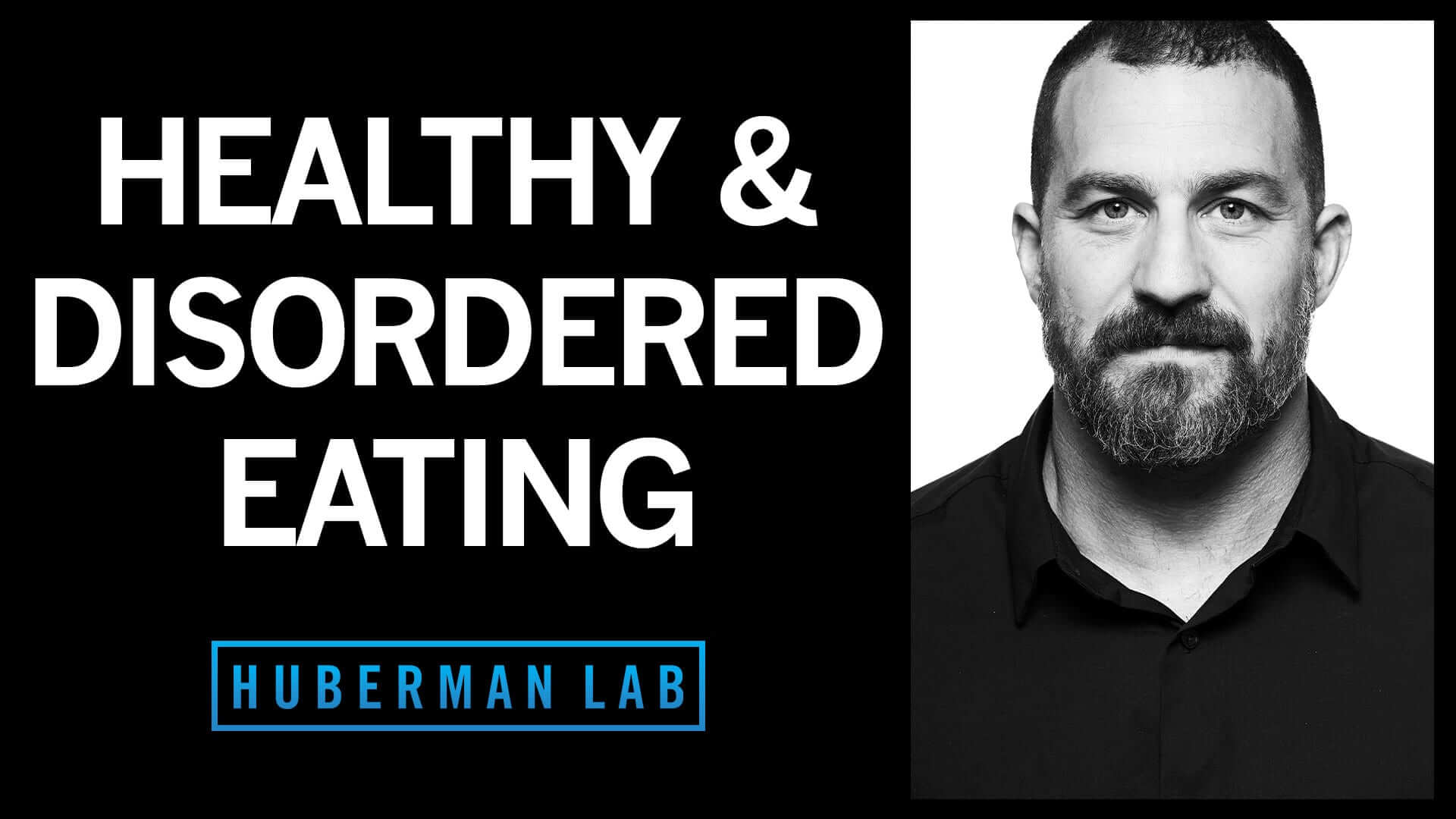
Light Exposure and Circadian Rhythm
Many living organisms, from humans to plants and even bacteria, operate on an internal circadian rhythm — a roughly 24-hour cycle that regulates various physiological processes. This rhythm is primarily influenced by light exposure, known as the main time cue (or zeitgeber), but other factors such as feeding times and physical activity also play a role in synchronizing these internal clocks. The circadian system, in turn, modulates numerous bodily functions, including energy levels, body temperature and the secretion of hormones like cortisol and melatonin.
Circadian rhythm isn’t just about sleep patterns — it also impacts how awake and alert you feel in the morning and your energy and hunger levels throughout the day. Light exposure is one of the most powerful tools to shape your circadian rhythm, but the timing of light exposure can determine if it is beneficial or harmful to your circadian system and overall health. There are several types of phototherapy protocols used to treat medical conditions, and useful for overall health benefits ranging from treating psoriasis and acne, reducing inflammation and alleviating chronic pain (such as fibromyalgia).

- Overview
- Watch Now
Learn about Light Exposure and Circadian Rhythm
- Guest Experts
- Resources
- FAQs
- Related Topics
Table of Contents
- Overview
- Watch Now
Learn about Light Exposure and Circadian Rhythm
- Guest Experts
- Resources
- FAQs
- Related Topics
Watch Now

Journal Club with Dr. Peter Attia | Effects of Light & Dark on Mental Health & Treatments for Cancer
In this journal club episode, my guest is Peter Attia, M.D., a Stanford and Johns Hopkins-trained physician focusing on healthspan and lifespan and the host of The Drive podcast.
Learn about Light Exposure and Circadian Rhythm
Circadian Rhythm Biology
Circadian rhythms are 24-hour cycles in our biology that regulate sleep, wakefulness and other bodily functions. When viewing light, melanopsin molecules inside the retina become activated, sending signals to the suprachiasmatic nucleus (SCN), located in the hypothalamus. The SCN, acting as the body's master clock, receives light information from photoreceptors and orchestrates the circadian rhythm. Through complex neuroendocrine pathways, it indirectly influences processes like cortisol release via the hypothalamic-pituitary-adrenal (HPA) axis and melatonin production through the pineal gland.
Signals from the SCN communicate with virtually every cell in your body to coordinate the timing of various physiologic processes, which is why keeping your circadian rhythm consistent has such wide-ranging health effects. In fact, knowing the time is so important that each cell in your body has its own circadian clock regulated by genes such as the PER, BMAL and CLOCK genes.
Subconscious Vision: Light, Mood, Metabolism, Dopamine; Frog’s Skin In Your Eyes
From Episode
The Science of Vision, Eye Health & Seeing Better
Strange Vision Is Good Vision
From Episode
Master Your Sleep & Be More Alert When Awake
Circadian Timing, Tools 1, 2, 3 (for Circadian Entrainment)
From Episode
Time Perception & Entrainment by Dopamine, Serotonin & Hormones
Explore:
Sunlight, Red Light and Blue Light for Health
Different types of light exposure significantly impact mental and physical health in unique ways. Natural sunlight is especially powerful: in addition to being magnitudes brighter than indoor light, retinal nerves can detect the time of day based on the ratio of blue to yellow light. Morning light exposure increases (healthy) cortisol levels, and exposure to outdoor sunlight throughout the day is linked to improvements in sleep quality, hormones and overall mood. Exposure to the afternoon sun helps adjust your eyes’ sensitivity and can buffer against the disruptive effects of artificial lights from screens and TVs in the evening.
On the other hand, increased exposure to artificial light — particularly at night — not only has negative effects on your sleep schedule but is also associated with increased symptoms of depression, anxiety and poor overall mental health.
Morning Sunlight: Circadian Rhythm, Artificial Lights, Cloudy Days
From Episode
Sleep Toolkit: Tools for Optimizing Sleep & Sleep-Wake Timing
Infrared Light, Skin & Wound Healing
From Episode
Using Light (Sunlight, Blue Light & Red Light) to Optimize Health
Vitamin D & Sun Skin Exposure
From Episode
Dr. Rhonda Patrick: Micronutrients for Health & Longevity
Explore:
Waking and Morning Protocols
How your mind and body feel during the first few hours after waking has a strong influence on the rest of your day. Following evidence-based waking and morning protocols can support energy, hormone and neurotransmitter levels that contribute to a focused, productive and subjectively more enjoyable (or at least pleasant) day.
To support your circadian rhythm, expose yourself to bright light soon after you wake up — preferably natural sunlight, or artificial light if it's still dark outside. Morning physical activity may also help align your body's natural rhythms. These practices can complement your body's innate cortisol-awakening response (CAR), potentially enhancing overall circadian synchronization. Consider delaying caffeine intake for 90-120 minutes after waking as a strategy to support your body's natural cortisol rhythm. While this approach may help optimize alertness for some individuals, keep in mind that responses to caffeine and its effects on cortisol can vary from person to person.
Everyone’s mornings look different, especially if you have children, work atypical hours or have other extenuating circumstances. These protocols are simply a guide towards better health; if you cannot implement these protocols perfectly, using them when you can is better than not at all.
Tool: Creativity: Mornings, Movement, Stillness
From Episode
Dr. Adam Grant: How to Unlock Your Potential, Motivation & Unique Abilities
Morning Tools: Temperature & Deliberate Cold Exposure, Exercise
From Episode
Sleep Toolkit: Tools for Optimizing Sleep & Sleep-Wake Timing
Morning Exercise & Residual Caffeine Effects
From Episode
Using Caffeine to Optimize Mental & Physical Performance
Explore:
How to Increase Daytime Energy
The top contours of your body’s daily rhythm follows a general sleep-wake pattern, but there are several smaller fluctuations within your waking hours that contribute to either increased or decreased feelings of energy and alertness. Fluctuations in body temperature, hormone levels and neurotransmitter activity contribute to variations in alertness and focus throughout the day.
While some studies have observed patterns of increased alertness at certain intervals after waking, these patterns can vary significantly among individuals and may be influenced by factors such as sleep quality, diet and personal circadian rhythms. Most people will feel a decrease in energy after lunch (called a postprandial dip), and while it is a natural ebb, there are protocols you can implement to lessen the intensity and stay alert and focused throughout the rest of your day.
Practices To Increase Energy Without Increasing Stress
From Episode
Using Cortisol & Adrenaline to Boost Our Energy & Immune System
Mint Scents Create Alertness By Activating Broad Wake-Up Pathways Of Your Nervous
From Episode
How Smell, Taste & Pheromone-Like Chemicals Control You
Tool: Exercise Timing & Energy Levels
From Episode
Dr. Peter Attia: Supplements for Longevity & Their Efficacy
Explore:
Shift Work, Jet Lag and Sleep Deprivation
Shift work, jet lag and intermittent sleep deprivation cause disruptions to your body’s natural circadian rhythms due to a mismatch between your internal clock and the external time cues in both environment and behaviors, like light exposure, body temperature and meal timing. This misalignment affects your mood, sleep timing and quality, metabolic health and overall physiological functions.
Experiencing chronic circadian misalignment is linked to poorer mental and physical health outcomes — but there are protocols you can implement that can lower the negative effects. When working a night shift, keep the same schedule for at least two weeks (if possible) and use red light to maintain alertness without disrupting cortisol levels. If you’ve experienced a night of poor sleep or are adjusting to a new time zone, utilize exercise, meal timing and light exposure to get your circadian rhythm back on track.
How to Beat Jetlag: Light, Temperature, Eating
From Episode
Dr. Samer Hattar: Timing Light, Food, & Exercise for Better Sleep, Energy & Mood
Shift Workers, Health & Disease
From Episode
Dr. Satchin Panda: Intermittent Fasting to Improve Health, Cognition & Longevity
Sleep Schedule Consistency, Weekends, Compensatory Sleep & Caffeine
From Episode
Sleep Toolkit: Tools for Optimizing Sleep & Sleep-Wake Timing
Explore:
Guest Experts
Resources
Articles and Research Papers:
- Circadian Entrainment to the Natural Light-Dark Cycle across Seasons and the Weekend (Current Biology)
- Time-restricted eating with or without low-carbohydrate diet reduces visceral fat and improves metabolic syndrome: A randomized trial (Cell Reports Medicine)
- Feasibility of time-restricted eating and impacts on cardiometabolic health in 24-h shift workers: The Healthy Heroes randomized control trial (Cell Metabolism)
- Daily Eating Patterns and Their Impact on Health and Disease (Trends in Endocrinology and Metabolism)
- Early evening light mitigates sleep compromising physiological and alerting responses to subsequent late evening light (Scientific Reports)
- Access to Electric Light Is Associated with Shorter Sleep Duration in a Traditionally Hunter-Gatherer Community (Journal of Biological Rhythms)
- Light exposure during sleep impairs cardiometabolic function (Proceedings of the National Academy of Sciences)
- Light-emitting diodes in dermatology: A systematic review of randomized controlled trials (Lasers in Surgery and Medicine)
- Red light: A novel, non-pharmacological intervention to promote alertness in shift workers (Journal of Safety Research)
Additional Resources
- Graphical explanation of temperature minimum for overcoming jetlag (Huberman Lab on Instagram)
- Chronotype Calculator
- Timeshifter: Apps for jet lag and shift work
- Carex Day-Light 10,000 Lux Bright Light Therapy Lamp
- ROKA glasses (Huberman Lab sponsor)
**Unless explicitly noted, Huberman Lab has no financial relationship with the additional resources listed.

